QuestionQUESTION: my beagle is a 3 yr old female that is addicted to food and is weighing 45lbs. I need a diet to help her lose weight before major health issues start..Help
ANSWER: Hello Mike,
Before I go into this in more depth, a little more information will help me to pinpoint the best approach for both you and your dog. I'd like to know:
1) How long she has been overweight - since puppyhood, or is this recent?
2) What size Beagle she is and what you consider an ideal weight for her
3) What you have been feeding so far, and how much
4) How much exercise is she curently getting?
5) Whether a home prepared diet is an option, or you prefer a commercial food, and
6) Does she have any health conidtions you are aware of, and has her thyroid been tested recently?
Once I have this information, we can put together a personalized strategy that you both can live with. :)
Catherine
---------- FOLLOW-UP ----------
QUESTION: 1)about 1 1/2yrs
2)15 in--20-24lbs
3)science diet--1 cup per day
4)she just goes out morning, noon & night that is all the exercise
5)what ever u think will work she is not a picky eater
6)no health issues, she just had a checkup last month. The vet said she must lose weight b-4 problems occur
AnswerHi again Mike -
Thank you for the follow up information. Beagles are well known for liking their food, but it's clear to me you aren't overfeeding. In fact, depending on the type of Science Diet you're using - the Adult Lite has 295 calories per cup and the regular Lamb and Rice has 365 - you are likely actually underfeeding. Let's put it this way; a sedentary 25 pound dog requires about 555 calories daily to maintain weight. So feeding between 300 and 400 to a forty five pound dog, even one who gets no exercise at all, hypothetically should reduce the weight. To maintain a weight of 45 pounds, your dog would need to consume 865 calories per day. It sounds to me like she has gone into a metabolic shut down, probably due to the combination of underfeeding and lack of exercise. Is she getting any treats or extras, perhaps that you aren't aware of? (relatives, visitors, neighbourhood kids...) Is there any way you can start her on an exercise program?
What I would suggest is a home made cooked diet with a nutrient breakdown of about 30% fat, 30% protein and 40% carb. I'd start with a caloric intake actually a little higher than the 295 of the Lite kibble, likely about 15% higher to provide a metabolic boost. I would be happy to provide you with a sample recipe if you wish. It would require supplementation in the form of vitamins and minerals, and I would strongly suggest using some natural anti inflammatories such as fish oil, bromelain and a joint support formula for about 2 weeks prior to starting an exercise program. A walking program should start very small, with perhaps 10 minutes twice a day for two weeks then increase to three times a day. Shorter but frequent walks are preferable, increase to fifteen minutes three times a day, as she loses weight and stress on her joints is lessened. It also helps if you can feed more frequently - I would divide the food into three meals a day. I realize this sounds labour intensive, but if we break it down, it's not so bad.
In short;
1) Change the diet to either home made, which will require more time and study on your part, or switch to one of the protein-focused foods such as Orijen or Wellness CORE. Wellness CORE reduced fat is my favourite of these foods:
http://www.wellnesspetfood.com/dog_wellness_grain_index.html
Use about 400 calories a day and that's total, including treats.
2) Start a supplement programme that includes the following:
- fish body oil, 1000 mg capsule with a fatty acid content of 400/200 EPA/DHA, 2 per day
- 100 IU natural Vitamin E, 1 daily
- 500 mgs of bromelain twice a day
- joint support formula such as Cosequin, or any quality glucosamine/chondroitin blend, use as directed
3) Start a walking programme about 2 weeks after you've initiated the diet and supplement protocol. Have her do about ten minutes brisk walking twice a day. Remember; just like a human who starts to exercise when overweight, she will be sore afterwards. Don't overdo it. Increase to three ten minute walks daily after two more weeks.
4) Try to feed three times a day if possible. The idea behind the increased protein, slightly increased caloric intake (which I know seems counter-intuitive) the three feedings and the several short walks is to boost her metabolism. If she is only eating one cup of food a day and yet is twenty pounds overweight, there is something going on metabolically. Smaller portions of food throughout the day, with high quality fat from salmon oil and lots of protein, plus small but regular periods of exercise, are her best bet for gently increasing her metabolic rate.The bromelain and joint support help her feel less sore and resist joint stress on the walking program. Beagles are prone to joint and spine problems and adding the supplements will help offset the risks considerably.
5) Ask your vet if she has had a full panel thyroid test. The simple test your vet does in the clinic may not detect hypothyroidism at all. Make sure it's a fullpanel and not simply an in-house thyroid test; a great deal of thyroid disease goes undetected because the vet only ran a simple test and not a full panel.
http://www.nzymes.com/pdffiles/WDJThyroidArticleJune05.pdf
6) See if you can add some short periods of play throughout the day to help keep the metabolism higher. Nothing too stressful and definitely no jumping - but hounds will tend to sleep all day, given the opportunity, so keep her out of hibernation-mode if at all possible. The 2 - 3 short walks are essential.
7) Run all of this past your veterinarian, please. He or she can certainly check my site at www.thepossiblecanine.com.
I hope all of this isn't overwhelming for you, Mike. I'd like to add that implementing just one or two of these ideas isn't likely to be as successful as using them all together. I know it is very difficult to reduce a dog once the metabolism has slowed, as I suspect is what's happened here, but it can be done. Let me know how it goes, and of course, if you have any more questions, I'll be happy to try and answer.
And one last note; the problem with chronic underfeeding is that it is impossible to meet the dog's nutrient needs on very small amounts of food. While you are feeding only one cup of food a day, it's probable she is now developing borderline or fullblown deficiencies in fatty acids, as well as vitamins and minerals - all of which can take months or even years to manifest. Her immune system, skin/coat, joint stability, heart and many other systems can be affected . This is one reason I prefer a home made diet - you can restrict calories but supplement to provide for all her other nutrient needs. Takes a bit of know-how, but it can be done.
Good luck!
Catherine

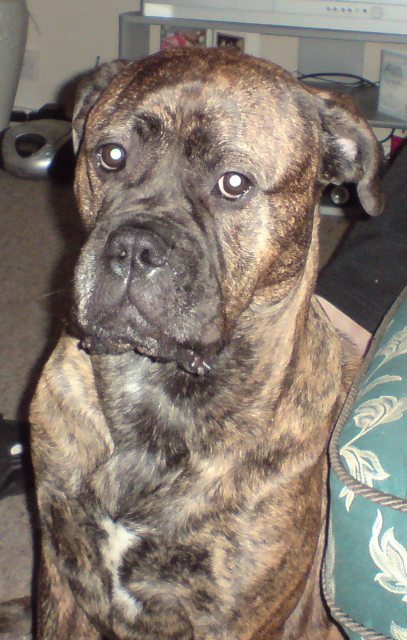 Diet/Nutrition
QuestionKaiya
QUESTION: I have just become a own
Diet/Nutrition
QuestionKaiya
QUESTION: I have just become a own
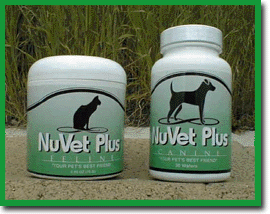 Salmon oil vitamin supplements
QuestionQUESTION: I have 3 dogs...50lb mutt, 80lb gsd a
Salmon oil vitamin supplements
QuestionQUESTION: I have 3 dogs...50lb mutt, 80lb gsd a
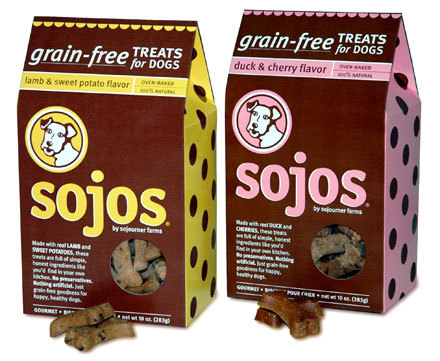 Homemade food liver / hepatic canine; recipes for hepatic diagnosis;
QuestionQUESTION: I have an 8yr old yorkie with recent
Homemade food liver / hepatic canine; recipes for hepatic diagnosis;
QuestionQUESTION: I have an 8yr old yorkie with recent
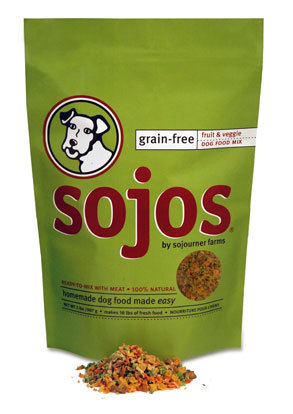 probiotics- Cranberry kidney prevent kidney stones bichon; nuvet supplement bichons; sojos dog food review;
QuestionDo you think prebiotics in dog food will help p
probiotics- Cranberry kidney prevent kidney stones bichon; nuvet supplement bichons; sojos dog food review;
QuestionDo you think prebiotics in dog food will help p
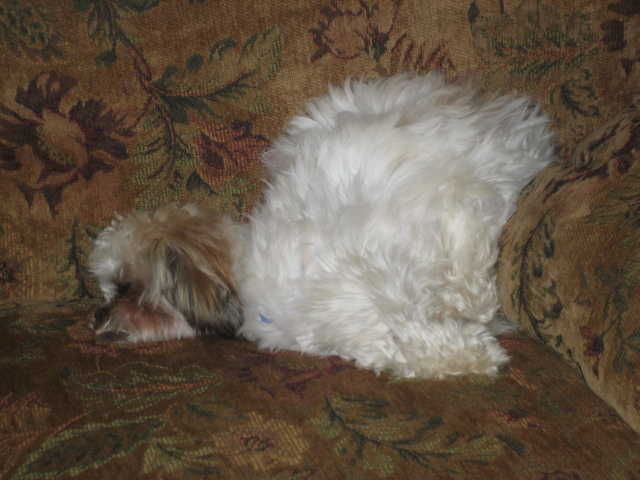 Liver Disease canine lactalose ; cancer-liver diet foods ; nuvet 1/2 dosages;
QuestionQUESTION: Hi there:
I have a 2 year old Lhasa
Liver Disease canine lactalose ; cancer-liver diet foods ; nuvet 1/2 dosages;
QuestionQUESTION: Hi there:
I have a 2 year old Lhasa